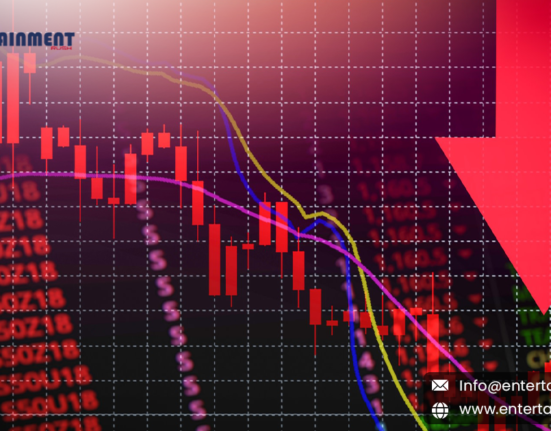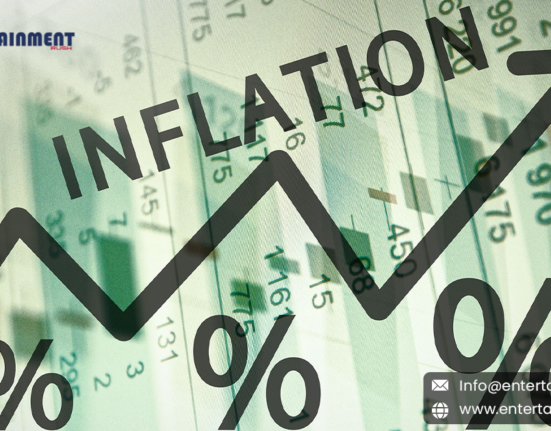Navigating the intricate paths of economic change is a perpetual challenge for any nation, but for the United States, a global economic powerhouse, it’s a journey marked by strategic decisions, resilience, and adaptation. As the US stands at an economic crossroads, it faces pivotal moments that shape its trajectory and influence global economic dynamics.
Understanding Economic Transitions
The US economy is characterized by its ability to transition through various economic phases—expansion, recession, recovery—each presenting unique challenges and opportunities. Economic indicators such as GDP growth, inflation rates, unemployment figures, and consumer spending patterns serve as barometers, reflecting the health of the economy and guiding decision-makers through these transitions. During periods of economic expansion, driven by factors like technological innovation and consumer confidence, businesses thrive, investments increase, and employment rises. Conversely, during recessions, characterized by declining GDP and rising unemployment, policymakers implement stimulus measures to stabilize the economy and spur growth.
Global Influences on US Economy
Global interconnectedness plays a crucial role in shaping US economic outcomes. Trade policies, international conflicts, and shifts in global demand impact US exports and imports, influencing industries from manufacturing to finance. For instance, trade tensions between major economies can disrupt supply chains and affect business investments, while geopolitical stability fosters economic confidence and international trade agreements enhance market access.
Impact of Fiscal and Monetary Policies
The US government’s fiscal policies, including taxation, spending, and budget allocations, exert significant influence on economic outcomes. During economic downturns, fiscal stimulus packages inject liquidity into the economy, support job creation, and stimulate consumer spending. On the other hand, during periods of economic overheating, fiscal restraint may be necessary to curb inflation and maintain economic stability. Concurrently, the Federal Reserve’s monetary policies, such as interest rate adjustments and open market operations, aim to manage inflation, promote full employment, and stabilize financial markets. These measures are critical in guiding the economy through fluctuations and ensuring long-term economic health.
Technological Advancements and Innovation
Technological advancements are catalysts for economic transformation in the US. Innovations in sectors like information technology, biotechnology, and renewable energy drive productivity gains, enhance competitiveness and create new economic opportunities. Silicon Valley, renowned for its entrepreneurial spirit and technological innovation, exemplifies how innovation hubs foster economic growth and adaptability amid global competition. Investments in research and development, coupled with a skilled workforce, are essential for sustaining technological leadership and driving future economic prosperity.
Socioeconomic Considerations
Socioeconomic factors such as income inequality, demographic shifts, and access to education also shape economic outcomes in the US. Addressing disparities through policies that promote inclusive growth, support workforce development, and provide social safety nets strengthens economic resilience and enhances overall prosperity. Moreover, demographic trends, such as an aging population and workforce diversity, influence labor market dynamics, consumer behavior, and healthcare expenditures, necessitating proactive policies to address emerging challenges and opportunities.
Strategic Decision-Making for Sustainable Growth
Navigating economic crossroads demands strategic decision-making that balances short-term imperatives with long-term sustainability goals. Investments in infrastructure modernization, education, and healthcare bolster economic competitiveness and foster innovation. Promoting entrepreneurship and small business development cultivates job creation and economic diversification, while environmental stewardship and sustainable practices ensure responsible economic growth for future generations. As the United States navigates through economic crossroads, guided by data-driven insights, policy innovation, and adaptive strategies, it reaffirms its position as a global economic leader. By harnessing its strengths in innovation, resilience, and strategic foresight, the US can successfully navigate through economic changes, capitalize on emerging opportunities, and address evolving challenges. Economic crossroads are not just moments of decision-making but opportunities to forge a path toward sustainable growth, prosperity, and inclusive economic development for all.










Leave feedback about this